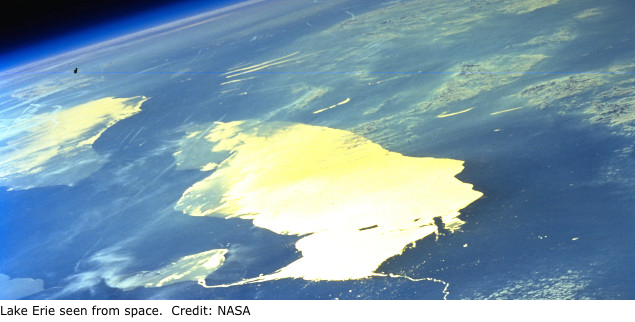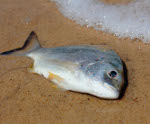
Plastic pollutant on beaches and in oceans around the world

The North American Great Lakes - the largest body of fresh water in the world - has become polluted with a huge amount of small and microscopic plastic debris, according to scientists reporting at the 245th National Meeting & Exposition of the American Chemical Society (ACS).
“The massive production of plastic and inadequate disposal has made plastic debris an important and constant pollutant on beaches and in oceans around the world, and the Great Lakes are not an exception,” explained Lorena M. Rios Mendoza, Ph.D.
Small particles, big problem
According to the ACS much of the plastic pollution in the oceans and Great Lakes goes unnoticed by the casual observer because it is so small.
Some 85% of samples collected by Rios’ team from Lake Erie were reported to be made up of the particles were smaller than two tenths of an inch (5mm), and much of that was microscopic. Her group found between 1500 and 1.7 million of these particles per square mile.
Rios also pointed out that the problem of plastic pollution in the world's oceans is growing quickly, and that plastic production has increased 500% since 1980. Plastic now accounts for some 80% to 90% percent of ocean pollution, according to Rios.
Some of this was said to come from plastic bags, bottles and other waste, or from fishing lines, as well as household products like abrasive facial cleaners or synthetic fibers shed by clothes in the washing machine.
The researchers also found large numbers of plastic pellets, which are shipped around the world to be melted down and molded into everything from plastic milk jugs to parts for cars.
According to Rios the plastic pollution problem may be even worse in the Great Lakes than in the oceans.
Her team found that the number of microparticles - which are more harmful to marine life because of their small size - was 24% higher in the Great Lakes than in samples they collected in the Southern Atlantic Ocean.
Food chains & ecosystems

Fish and birds often mistake these bits of plastic for food and can be harmed by eating the plastic them or absorbing substances that leach out into the water explained Rios.
“The main problem with these plastic sizes is its accessibility to freshwater organisms that can be easily confused as natural food and the total surface area for adsorption of toxins and pseudo-estrogens increases significantly,” warned Rios.
The researcher added that her team knows from analyses of fish stomachs that they are consuming the plastic particles and could pass such substances to consumers, although said research on that topic is just beginning and it is not yet understood whether these toxins enter the food chain in harmful amounts.
The researchers acknowledged funding from the University of Wisconsin-Superior
 |
 |
spare a few minutes?
Watch our presentation to learn about our commitment to innovation and protecting the environment. We've also featured a short movie by Chris Jordan which shows the impact of plastic waste on wildlife.
facts
One of the most dramatic impacts is on marine life. About 100,000 whales, seals, turtles and other marine animals are killed by plastic bags each year worldwide, according to Planet Ark, an international environmental group.

